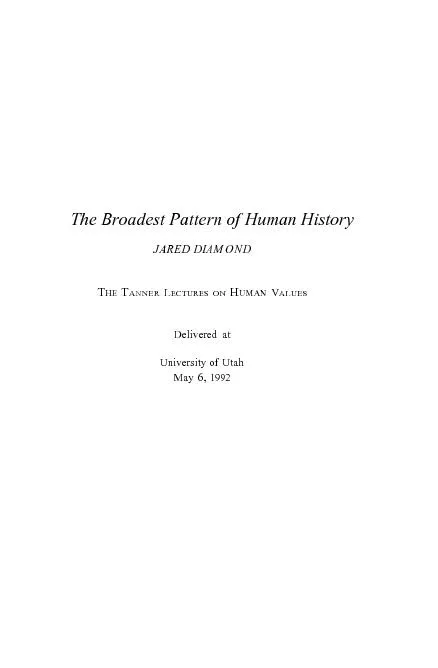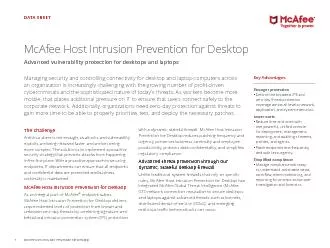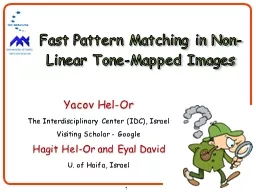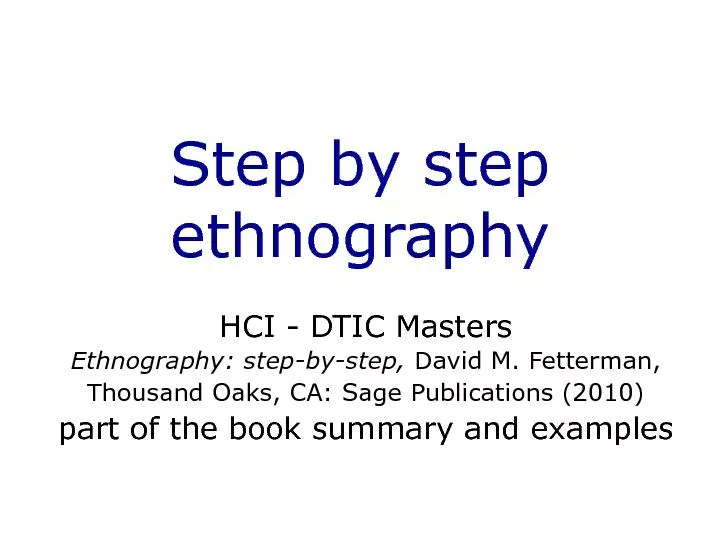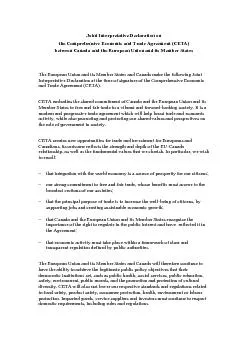PDF-The Broadest Pattern of Human History
Author : mitsue-stanley | Published Date : 2016-05-17
earned a degree in 1961 A Professor is also Research AssoAngeles County Museum writes a Natural subject of including human distribution and language MacArthur Foundato
Presentation Embed Code
Download Presentation
Download Presentation The PPT/PDF document "The Broadest Pattern of Human History" is the property of its rightful owner. Permission is granted to download and print the materials on this website for personal, non-commercial use only, and to display it on your personal computer provided you do not modify the materials and that you retain all copyright notices contained in the materials. By downloading content from our website, you accept the terms of this agreement.
The Broadest Pattern of Human History: Transcript
Download Rules Of Document
"The Broadest Pattern of Human History"The content belongs to its owner. You may download and print it for personal use, without modification, and keep all copyright notices. By downloading, you agree to these terms.
Related Documents

